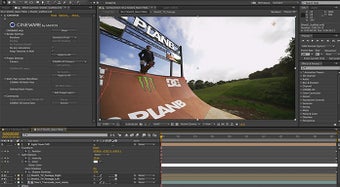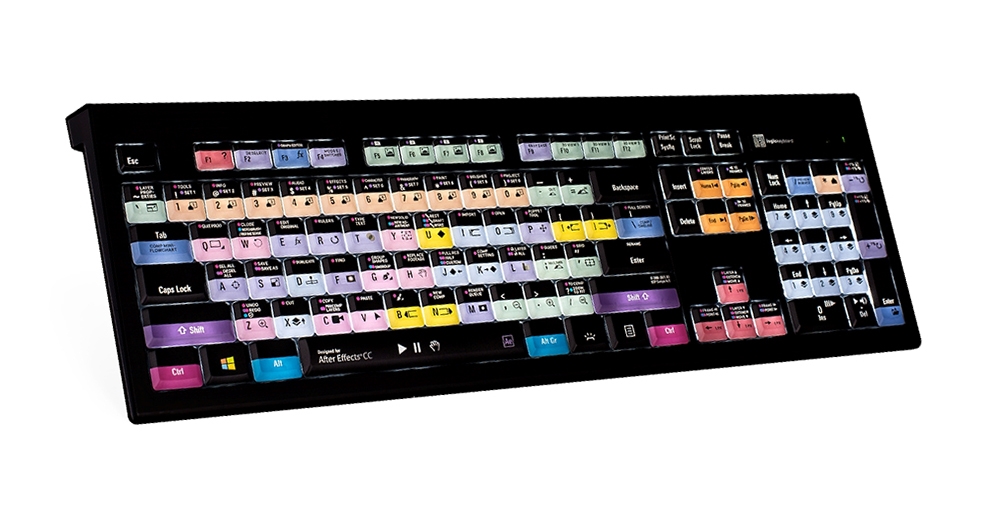Adobe Effects Cc
- The fastest, easiest, most comprehensive way to learn Adobe After Effects CC Classroom in a Book®, the best-selling series of hands-on software training workbooks, offers what no other book or training program does–an official training series from Adobe Systems Incorporated, developed with the support of Adobe product experts.
- Try Adobe After Effects for free. Create motion graphics and visual effects for film, TV, video, and web. Trial includes the full version of After Effects. You won’t be charged until after your trial ends.
- With Adobe After Effects, you can create incredible motion graphics and visual effects for film, TV, video, and the web. Is the free trial a complete version of After Effects? Yes, it includes all the features and updates in the latest version of After Effects.
- With Adobe After Effects, the industry-standard motion graphics and visual effects software, you can take any idea and make it move. Design for film, TV, video, and web.
Adobe After Effects CC 2020 Full Version Download Microsoft Toolkit 2.6.7/2.6.6 Download Wondershare Filmora 9.1.0 For Windows Latest 2019 KineMaster Pro – Latest Version 4.13.4.15898.GP Unlocked Apk + Mod ( Android ) Wondershare Dr.fone Toolkit for iOS and Android 10.0.12.65 Free Download IDM+ 12.0.7 Apk + Mod (Lite) for android.
After Effects CC 2014 (13.0) and later do not include exporters for creating H.264, MPEG-2, and WMV videos directly from the render queue. To create videos in these formats, you can use Adobe Media Encoder.
Note:
You can still import videos in these formats into After Effects.

Adobe Effects Cc 2018
Adobe Media Encoder is effective for creating files in final delivery formats because of its Preset Browser and easy-to-use system for creating, saving, sharing, and applying encoding presets. Using the Effects tab settings, you can automatically add watermarks, timecode overlays, and so on. You have two primary options for using Adobe Media Encoder with After Effects to create videos in H.264, MPEG-2, and WMV formats:


- Render and export a losslessly encoded master file out of After Effects to a watch folder monitored by Adobe Media Encoder.
- Send the composition directly to Adobe Media Encoder from After Effects (Composition > Add To Adobe Media Encoder Queue).
Note:
If you still need to create videos in these formats from the After Effects render queue, install After Effects CC (12.2.1) alongside After Effects CC 2014 (13.0) or later, and use the previous version for these specific output tasks.
Render and export a losslessly encoded master file
The fastest way to create videos in these formats is to use the After Effects render queue to export a losslessly encoded master file (for example, using the PNG video codec in a QuickTime .mov container file) to a watch folder that Adobe Media Encoder monitors. You can assign encoding presets to a watch folder in Adobe Media Encoder so that it automatically encodes using whichever settings you specify.
Adobe After Effects Cc
- Advantage: This method uses After Effects performance features for rendering (such as GPU acceleration and multiprocessing where applicable) and Adobe Media Encoder performance features for encoding (such as parallel encoding).
- Disadvantage: This method occupies the main After Effects application for the entire rendering operation, during which time you can’t use After Effects for anything else.
Send the composition directly to Adobe Media Encoder
Another method to create videos in these formats is to directly add the composition from After Effects to the Adobe Media Encoder queue. This method allows you to continue working in After Effects while the rendering and encoding takes place, since the rendering is performed by a background instance of After Effects. The rendering phase may be slower in some cases (compared with using the After Effects render queue) because the headless version of After Effects rendering in the background does not have access to GPU acceleration and multiprocessing features.
Note:
If you place an After Effects project (.aep) file in a watch folder that is being monitored by Adobe Media Encoder, the compositions at the top level in the project (i.e., those not in folders in the Project panel) will automatically be added to the Adobe Media Encoder encoding queue.
More like this
